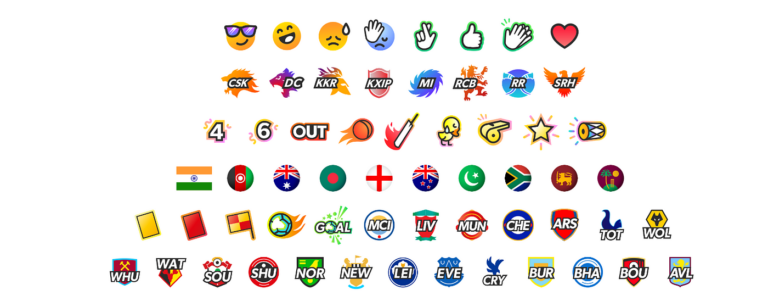China Pushes Big Tech to Fix Algorithms: A Lesson for India?

China has drawn a hard line with its tech giants, giving them a firm deadline to clean up their algorithms and curb the creation of “echo chambers” that amplify extreme views. This move is part of a broader campaign to ensure tech companies prioritize public welfare over profit, foster social stability, and align with government regulations.
What’s Happening in China?
In recent years, platforms like WeChat and Douyin (China’s TikTok) have faced criticism for their algorithms, which some say trap users in bubbles of repetitive, divisive content. The Cyberspace Administration of China (CAC) has now ordered these companies to take action.
Here’s what the government expects:
Transparency in Algorithms: Tech firms must reveal how their algorithms decide what content users see.
Breaking Echo Chambers: Platforms should diversify recommendations to avoid reinforcing users’ biases.
Accountability: Non-compliance could lead to hefty fines or operational restrictions.
China’s initiative involves more than algorithms; it reflects a larger effort to tame its tech giants. In the past few years, firms like Alibaba have faced multibillion-dollar fines, and Didi was removed from app stores after breaching cybersecurity laws. Tencent even limited gaming hours for minors to address concerns about addiction.
The underlying philosophy is China’s push for “common prosperity,” a strategy to reduce inequality and ensure businesses operate in the public interest.
The Algorithm Dilemma in India
India, with a staggering 700 million internet users as of 2023, is the second-largest digital market in the world. Social media platforms such as Facebook, YouTube, Instagram, and WhatsApp dominate the digital landscape, with penetration rates projected to rise to nearly 67% by 2025, reaching over 1 billion users. These platforms rely heavily on algorithms to drive user engagement and keep users online for longer durations. However, this algorithm-driven environment has led to notable challenges:
Polarization and Political Bias
During election seasons, social media algorithms amplify politically charged content. Reports suggest that platforms like Facebook and Twitter have faced allegations of favouring specific narratives, often exacerbating political divides. For instance, a 2022 study by Oxford University highlighted that around 85% of Indian social media users were exposed to hyper-partisan content during elections, driven largely by algorithmic recommendations.
Spread of Misinformation
India experiences some of the highest rates of misinformation on social media globally. Platforms like WhatsApp, with over 530 million users in India, have been hotspots for fake news. A 2021 Reuters Institute report found that 62% of Indian users encountered false or misleading information on social platforms, often amplified by algorithms prioritizing sensational content.
Impact on Mental Health
Algorithms designed to maximize screen time contribute to addictive behaviours and mental health concerns. A 2023 report by the Indian Journal of Psychiatry stated that excessive social media use, often spurred by algorithm-driven notifications and recommendations, was linked to 37% higher rates of anxiety and depression among Indian youth.
Echo Chambers and Filter Bubbles
Research by the Indian School of Business (ISB) in 2023 revealed that 74% of Indian social media users interact primarily with content aligning with their beliefs, leading to echo chambers. These filter bubbles restrict exposure to diverse viewpoints, impacting critical thinking and decision-making.
Youth Engagement
A 2023 study by KPMG reported that Indian teenagers spend an average of 4.5 hours daily on social media, with platforms like Instagram and YouTube dominating usage. This age group is particularly susceptible to algorithmic manipulation, with 68% of surveyed teens admitting they often felt pressured by recommended content trends.
Should India Follow China’s Approach?
While China’s heavy-handed methods come with risks of censorship, there are lessons India could adapt to suit its democratic setup:
Algorithmic Transparency: Platforms could be required to disclose how their recommendation systems work and allow independent audits.
Diverse Content Recommendations: Encouraging diversity in recommendations can help users break out of their echo chambers.
Accountability for Fake News: Stricter penalties for platforms failing to manage misinformation effectively could help.
India’s existing IT Rules (2021) are a step in the right direction, requiring platforms to take down harmful content within 36 hours. However, there’s room for improvement to make these policies more robust without infringing on free speech.
What This Means for You?
Think about how often your YouTube homepage shows similar videos or how Twitter highlights tweets you agree with. While algorithms make our digital lives convenient, they also filter what we see, limiting our exposure to diverse opinions.
For a country like India, which thrives on its diversity, it’s essential to strike a balance. Shouldn’t we have access to a broader spectrum of content? While China’s top-down approach might not fit India’s democratic ethos, some measures like promoting transparency could benefit us all.





